What comes after Terrible Twos is Terrible Threes. While your child resists the outside world at the age of two, they start to resist other people during the Terrible Three stage.
What are Terrible Threes?
Terrible Threes is a term that is used to identify the stage when the child unexpectedly changes the behavior, throws unexplained terrible 3-year-old tantrums, and becomes less controllable. Indeed, when your child reaches three years of age, they undergo amazing changes in their development.
It is important to understand for every parent what exactly is going on with your child, this way you are able not only to help and support your baby but also to survive this challenging stage.
What is exactly happening with your child during the Terrible Threes?

It is crucial to understand one and only thing, kids do not know the word “revenge”, they never do something to hurt you, and they love you unconditionally.
3-year-old behavior problems start with a different reason.
From day one of your baby’s birth, as a parent, you label all their actions, e.g. “Mary smiles”, “Mary takes a toy”, “Mary crawls”, “Mary goes to the bathroom”. The child at such an age doesn’t really understand the meaning of these words, but they listen to everything you say, and this verbal assistance becomes an integral part of their life.
Then there is the time comes when as a parent you are tired of repeating the same thing again and again. When you stop, your baby may be very surprised, so you may notice the child starts repeating that same phrase using the third-person pronoun, just like you did all these years.
This is when the stage of personification starts to happen. Your child will eventually understand that they have their own “I”. Trust me, to understand the use of “I” and “me” as an independent person is quite a huge step for every child. And when it happens, Terrible Threes starts to appear.
In other words, Terrible Threes is closely related to negativism. During the stage of Terrible 3s your child will experience an introjection of external speech, which means that your toddler instead of using third-person pronouns will start using the first-person pronouns, such as “I went to the bathroom”, “I want this banana”, etc. And so, as an independent human being, your child will resist other people and distinguish themselves from the social world.
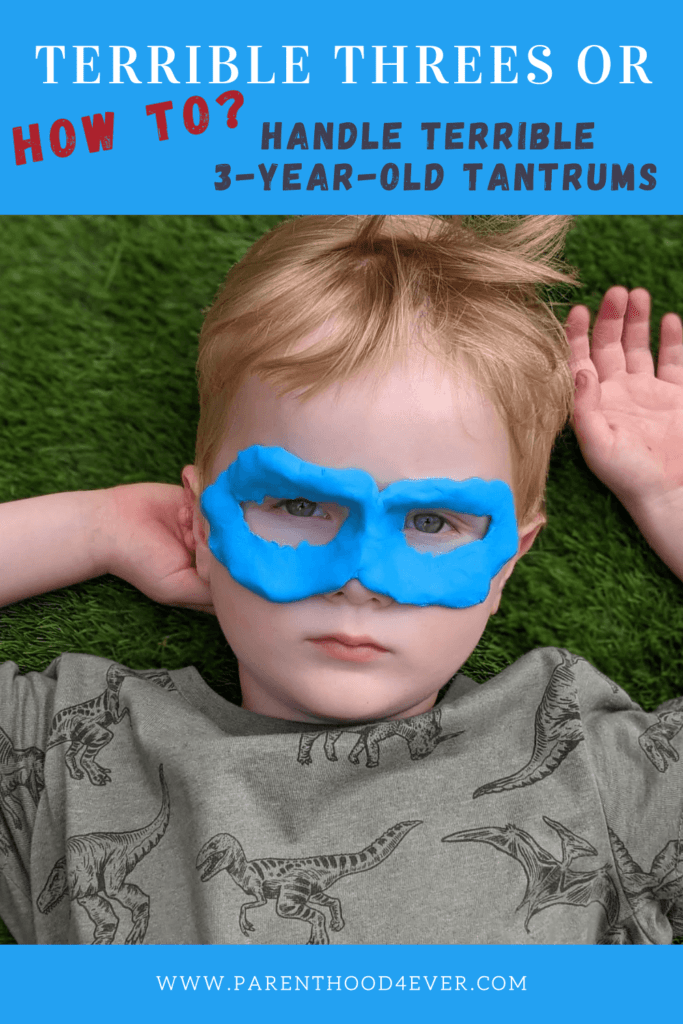
What is the difference between Terrible Twos and Threes?
Lots of people ask if Terrible Threes is worse than Terrible Twos? The answer is they are not worse, they are different.
Terrible 2s and 3s are not easy to handle. Although it is one year gap, your child’s brain has developed massively. While they are not able to communicate properly at the age of two, they can at three.
The main reason for Terrible Twos is that your child starts to have wishes, wants to do something else, and doesn’t want to follow your lead anymore. But since they don’t speak quite well, it is hard to translate to you what they want. Once they are misunderstood, they get frustrated. Moreover, this stage is quite overwhelming, so trust me, your child needs a lot of support.
3-year-old toddler behavior problems start with personification, identifying his own “I”, and understanding that they are an independent person. This stage is also marked as “I will do it myself”.
What is Terrible Threes Symptoms?
So, how do you know that your child undergoes Terrible Threes?
Every child is unique to its essence, and so the way they express themselves during the crisis may differ. However, we have compiled a list of the most and least common terrible 3-year-old tantrums and signs that we have observed in children at this age.
- Unstoppable crying
- Kicking or hitting
- Pushing
- Grabbing and throwing things
- Screaming, or lashing out
- Doing all by themselves and rejecting your help
- Problems with naps and night sleep
- Problems with the toilet or potty
- Becoming fussy eaters or losing appetite
- Trying to get your attention by annoying you or doing some things that you prohibited on purpose, such as throwing their toys in the toilet, weeing on a carpet, banging the door, etc.
- Pretending that they are older than they really are. The most common phrase is: “Mommy, I am not 3, I am 5 years old!”, or six, or eight, or even ten.
- Ignoring you.
Read More: Children’s development stages and crisis
How to handle Terrible 3-year-old tantrums?
Terrible Threes along with the seven-year-old phase is the most complicated among them all. So, parenting a 3-year-old is far not easy, but if you understand your child’s brain and what development stage it is at, you will be able to enjoy this age with your child rather than survive it.
When you see your child throwing a tantrum, first of all, it means they want to tell you something. Due to the fact that their brain hasn’t developed yet to understand complex emotions and how to communicate them, they are unable to explain their feelings in a calm reasonable-for-you way. But this is where you can make both of your life easier. Knowing your child and their reactions to certain types of things, you can help avoid them, explaining situations in a different way that they understand.
Let’s take a closer look.
Understand the development stage of your child
Earlier we have understood the following:
- Behavior issues in 3-year-olds start with personification, identifying their own “I”.
- Your child experiences an introjection of external speech, which means that your toddler instead of using third-person pronouns will start using the first-person pronouns.
- Terrible Threes is closely related to negativism.
- As an independent human being, your child will resist other people and distinguish themselves from the social world.
Let me ask you when you talk to your child, do you choose to speak to them on the same level or treat them as if they are younger, less experienced, and don’t know what they are doing?
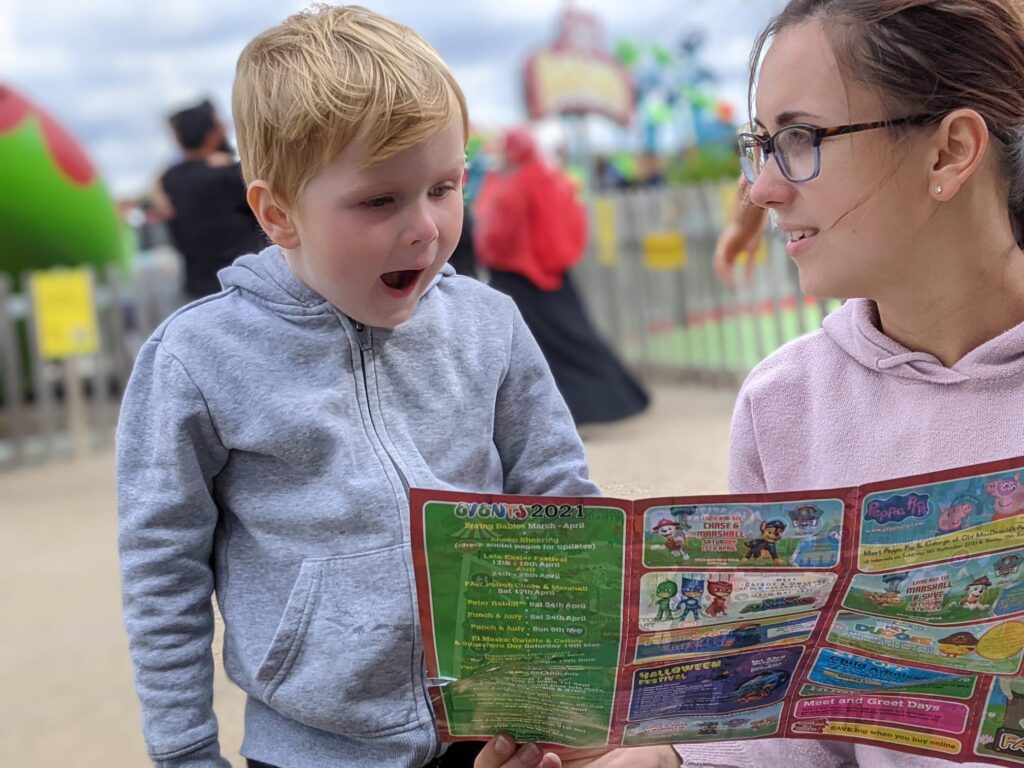
Neither of these approaches is 100% correct or wrong. What you should do is understand what development stage they are at now, get down to such a level and speak as equals. This is exactly when you will be able to provide the support speaking the same language, and your child will feel supported, which will lead to sharing their vulnerability and opening up to you.
There is always a cause
There is always a cause why your child behaves like this. And you are the only one who can help, support, and guide. There are tons of methods for how you can do it, and there is no magic solution because we are all so different. The clue is to find what works best for your family.
As an example, one family can have tons of patience by calmly repeating what she or he needs from the child. As opposed to another family that can take a minute of stomping their feet, kicking the punching bag, or screaming out loud to let the anger out.
There are lots of techniques to take a pause, calm down, and talk. But the important bit to remember – there is always a cause. So, punishing or screaming out to your child won’t help but may escalate the problem.
Why?
Well, how would you feel if your boss would stand behind you watching your work and constantly rush you?

Stressed? Nervous? Vulnerable?
This is how your child feels when the parents start to get nervous, scream, or punish. They get extremely scared and insecure.
How to avoid this? There is a practical easy solution.
Maintain your child’s routine and predict tantrums
If you come up with a routine schedule, then you and your child will know exactly what happens next and when. Once you know your toddler has a particular problem or doesn’t behave well, it would be much easier to avoid any misunderstanding or misbehavior.
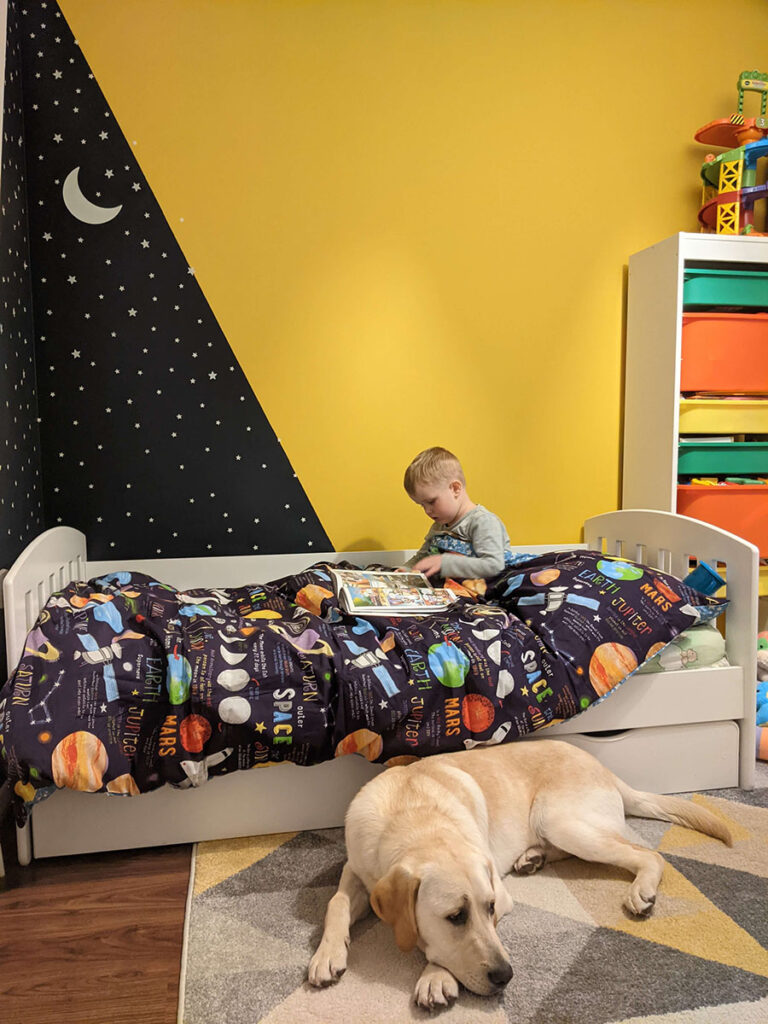
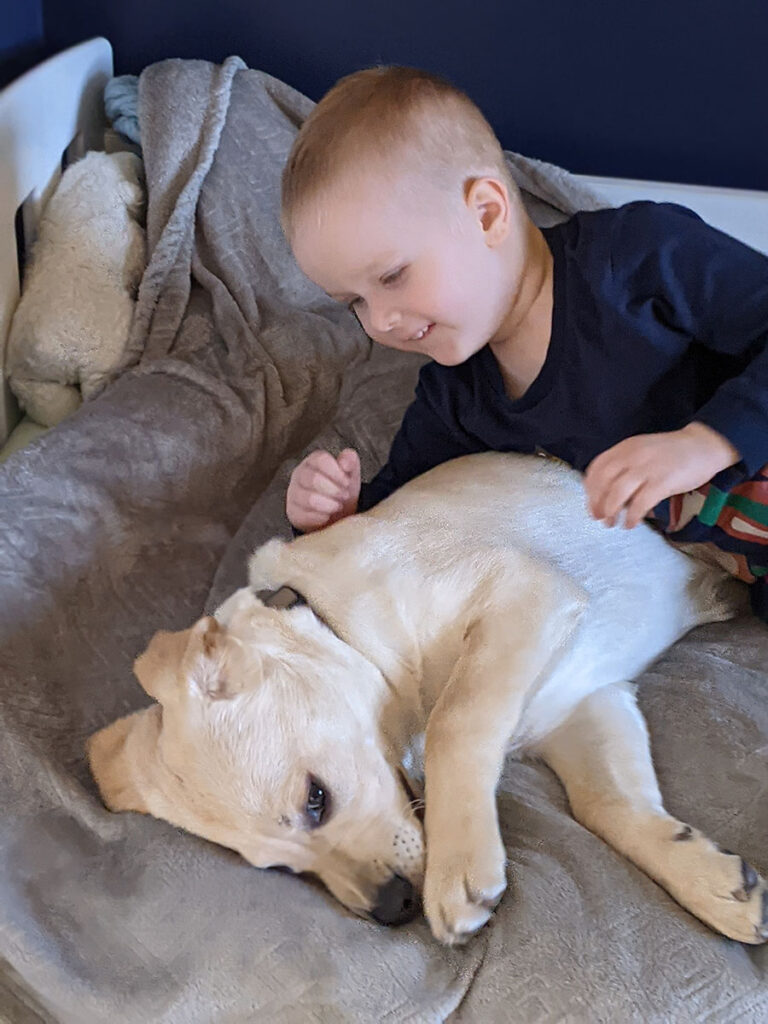
For example, on the way to the nursery, you can prepare your child by reminding them what would be better to do in a certain situation they faced the day before. Or if you want to invite some of your friends to your house, it is good to remind your child to share their toys. Once you agree on certain points, it’d be hard to break them during the process.
Remember, your child is not to blame for misbehaviour. You should be the one to find a way to avoid it. So, then you won’t have a reason to deal with the terrible 3-year-old tantrums in the first place.
Be consistent. If you know what you want, your child will know that too. They will instinctively feel as if they crossed the boundary.
Praise your child. Hug your child. Reinforce your child
Praising is a very important aspect. Every time you made an agreement and actually fulfilled it; it is time for praise. Don’t be scared to praise your child. As humans, we tend to see more negative rather than positive. Enjoy the time with your toddler and tell them more about how proud you are and what they did right instead of lecturing them about what they did wrong. Kids at the age of three do not reason, so lecturing a child is like shaking the wind.
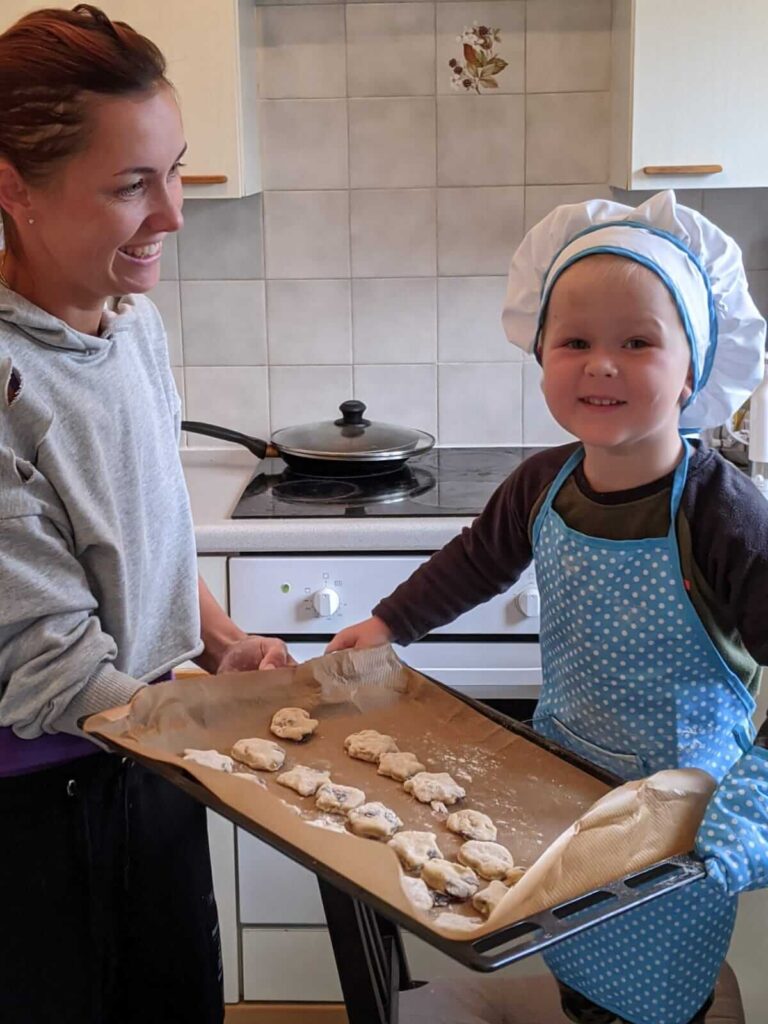
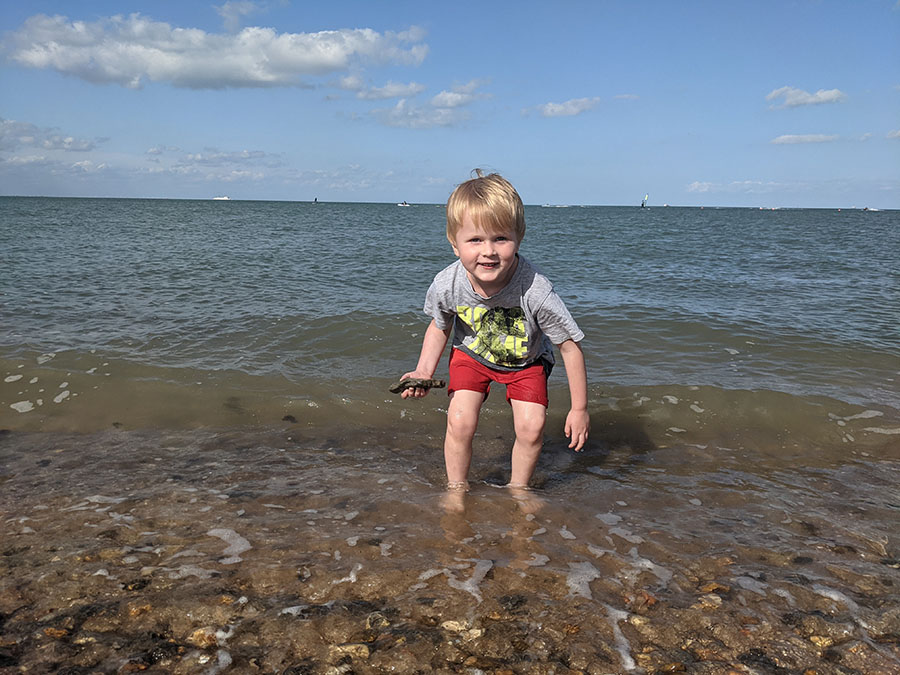
Your child will learn how to get excited about accomplishing tasks rather than being upset. Positive reinforcement is a great way for your little one to set goals and feel independent.
Note: Praise the effort, not the outcome.
The more you love your child, kiss them, hug them, spend time with them, the more you will enjoy your time together. Remember, there is nothing more precious than the time and attention that you can give to them.
Note: Children who receive more attention for disruptive behaviour tend to become more defiant to gain attention.
Get your child’s attention
In case if your toddler misbehaves, you should get their attention. This can be done by a few simple steps:
- Get them somewhere quiet where nothing can distract them.
- Let them sit in one spot and see you clearly. Kids at three will avoid eye contact and change the subject to some cute stories that you can’t resist.
- Make an explanation as simple and short as possible. Use simple words and sentences only. Do not come up with the reasons why it is bad. Remember: children do not reason.
- It is hard for a toddler at such an age to understand how bad it is what they did and why. They would just listen to your instructions and guidelines. Instead, it is worth trying to bring an example that they can relate to.
For example, “If this boy is about to come and take away your favorite constructor, would you like this?”
- Make sure you have got eye contact throughout the whole conversation.
Introduce to your child and develop the emotional intellect
It is important to know how to deal with your emotions. A child who has a high level of emotional (social) intellect can easily distinguish feelings of their own and other people, control them, and understand their wishes and intentions.
This is not an innate ability. It is acquired by a variety of role-plays, games, interaction with other people, and problem-solving.
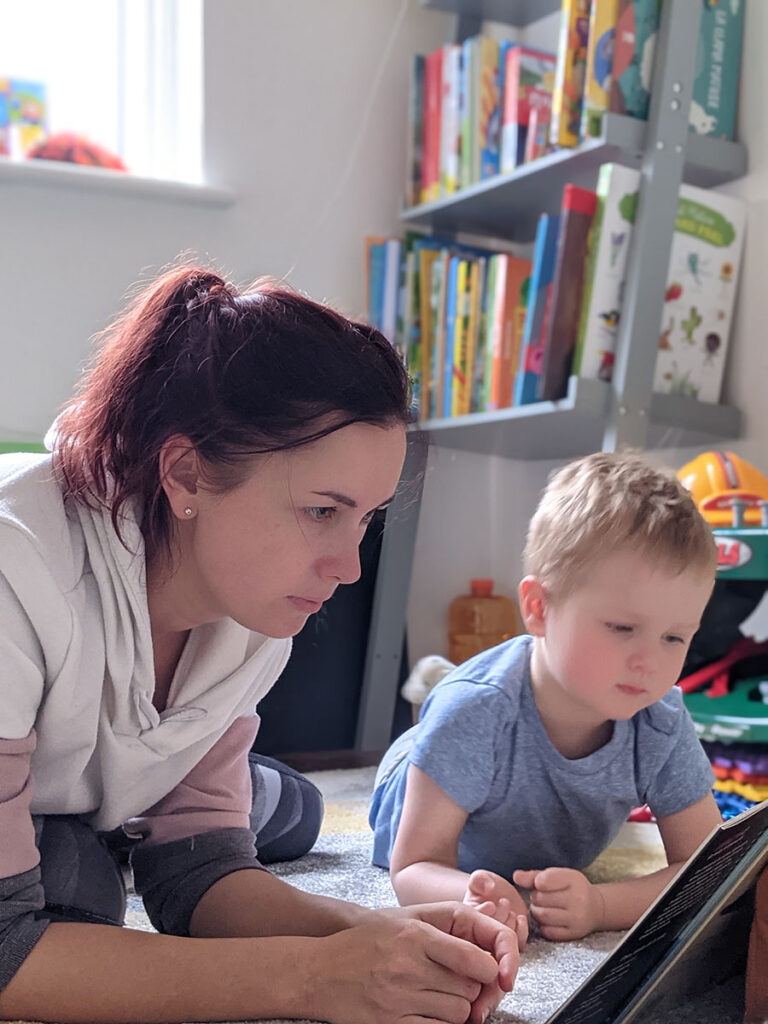
There are six basic emotions that little kids need to learn: happiness, sadness, fear, anger, disgust, and surprise. And there are loads of interesting resources that you can use to make this happen.
Read More:
If your child can distinguish different emotions, knows the basics of the emotional intellect, and is involved in role plays, Terrible Threes are much easier to handle.
Keep calm
Children are fantastically amazing readers. They can read your verbal and non-verbal cues. In most cases, they will repeat and act the way you do.
Children want to experience, touch, and try everything. They are sometimes clumsy and can easily break things or make a mess. Try to find a positive side of this, throw a joke, and instead of our traditional “What have you done?” say something like “It is a very interesting way of doing this but if you did this, we would get better results. Watch!” Now your child knows what they shouldn’t do, what they actually should do, and that they are supported.
Remember: These are not critical problems. Critical is when somebody is seriously ill or had a very bad accident. Breaking something in the house can be fixed. The more positive and creative you are, the more creative and positive your child will be.
It may help to understand that your child’s brain is not developed fully yet (it develops fully when they are 21-25 years old! Yes, this long!), so the problem is that they cannot communicate their feelings quite well yet and it is very overwhelming for them. Your task is to guide them to be calm and calmness begins with you.
You understand that they are just learning to show emotion. You will be clear when you speak to them and use easy words for your child to understand.
Avoid saying “No”
Have you seen your face when your child said to you “No” for the first time? I bet it was full of surprise. Now, think how many times a day we say “no” to our child?
“Don’t take this! Be careful with it! No, not this way. You can’t climb here. Don’t go there. Stop! Not today” etc.
If you could just tell less “no” to your child, then their day will be fulfilled more with positivity and possibilities.
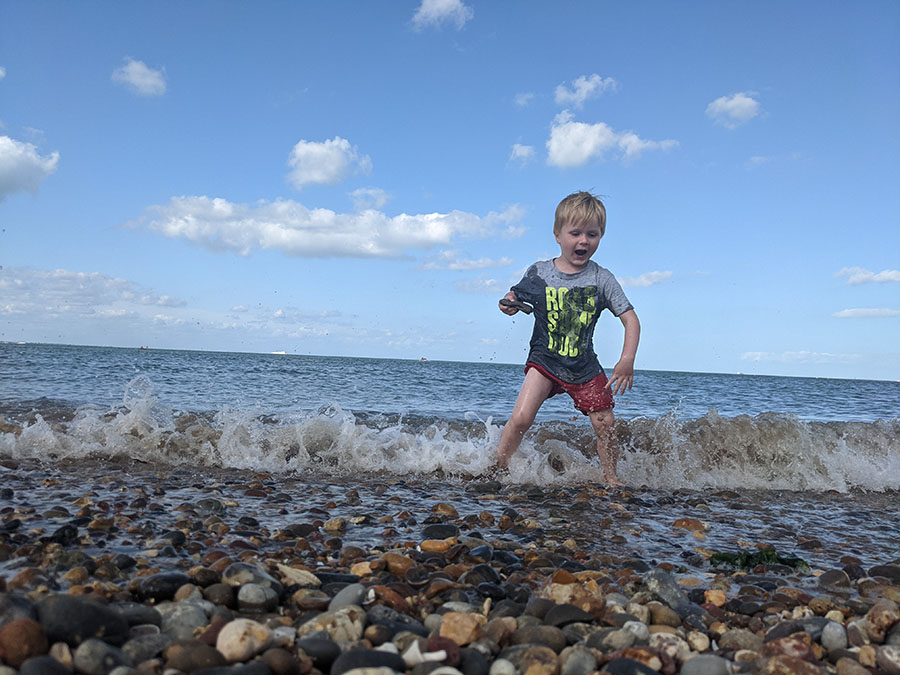
Use the words, say and repeat
Although kids at the age of three can’t reason, sympathize, or understand an actual meaning of the “why you shouldn’t do like this”, they read you, hear you, and repeat after you. They collect instructions and are guided by those.
So, regardless of what happens and how many times it has already happened, try to repeat to your child to use the words to express themselves. It is a good long-term technique.
Be consistent
On the other side, repeating the same situation, again and again, helps your child to understand how to behave in particular situations.
Remember to know what you want and how you want it to be. If it is clear for you, inevitably it will be clear for your child.
- Set the rules
- Follow the routine
- Role-play
- Repeat the same situations
- Try to prevent disruptive situations by having boundaries set.
Invent your own technique of cooling down
There are tons of techniques that you can use to cool down your child. Some of the techniques are also good for parents. But based on your family’s needs, you can collectively come up with your own technique or sign that serves you well.
For example, you could use the word “pause” during the game to let others know that you need a time out. Or you could stomp very hard. Or you could say “stop” and take a moment to breathe.
The breathing technique is quite useful when you need everyone to cool down. You can propose to do three long big breaths. And you can make it more fun saying that when you inhale you smell in the beautiful flowers; when you exhale you blow up all the candles. Try this technique altogether to make it more effective. Then your child will start repeating it all over again.
Get your child involved
Terrible Threes has lots of positive things too. For example, kids at the age of three tend to do everything by themselves. They need to feel they are grown-ups, they are independent, they can and they will.

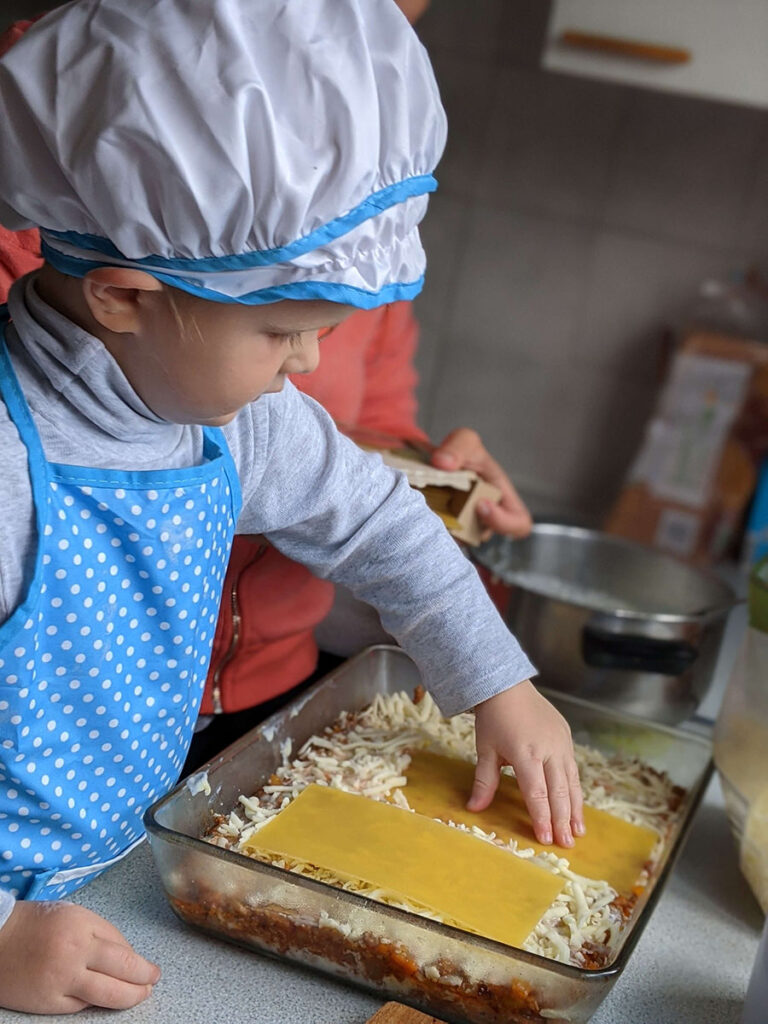
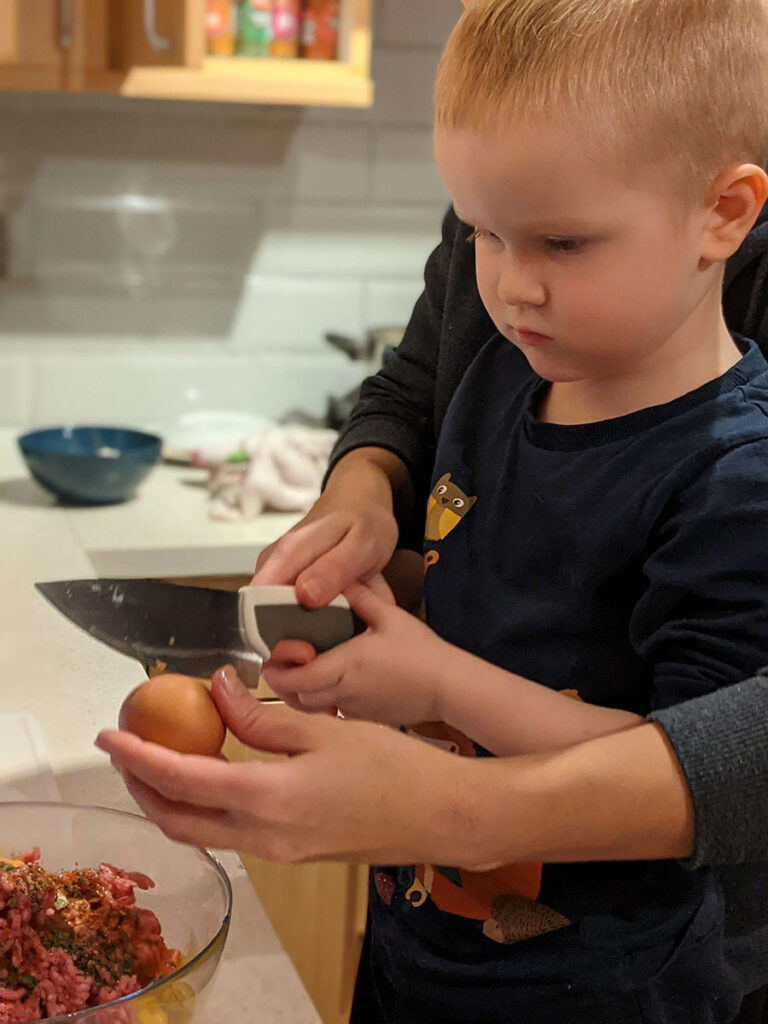
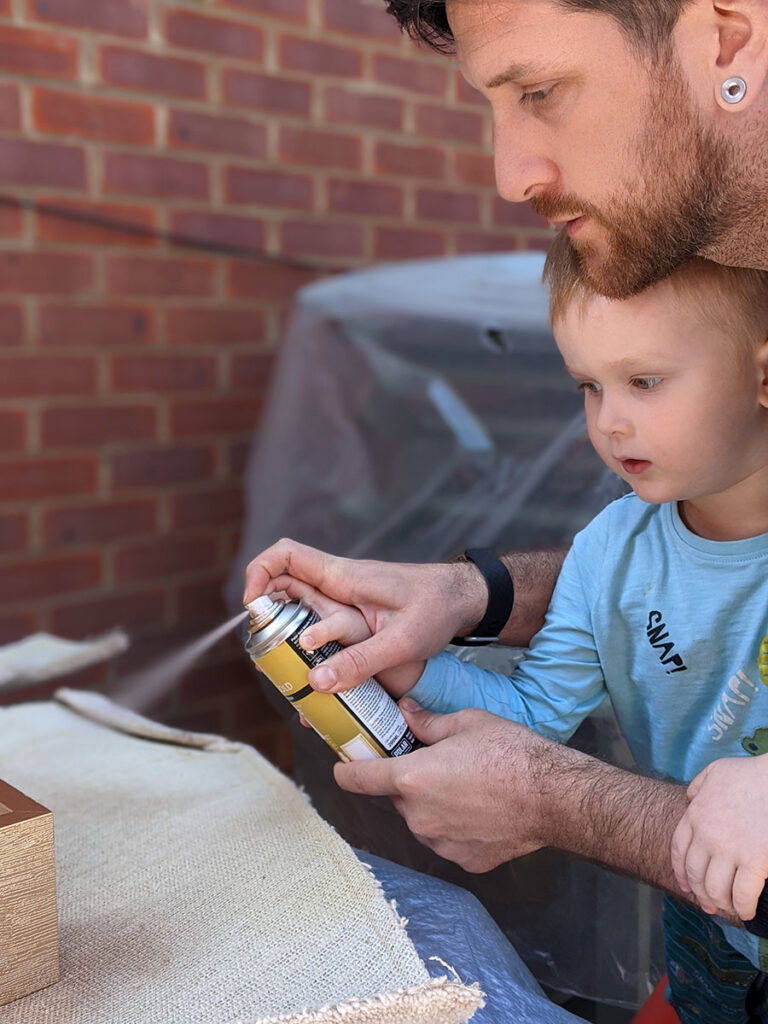
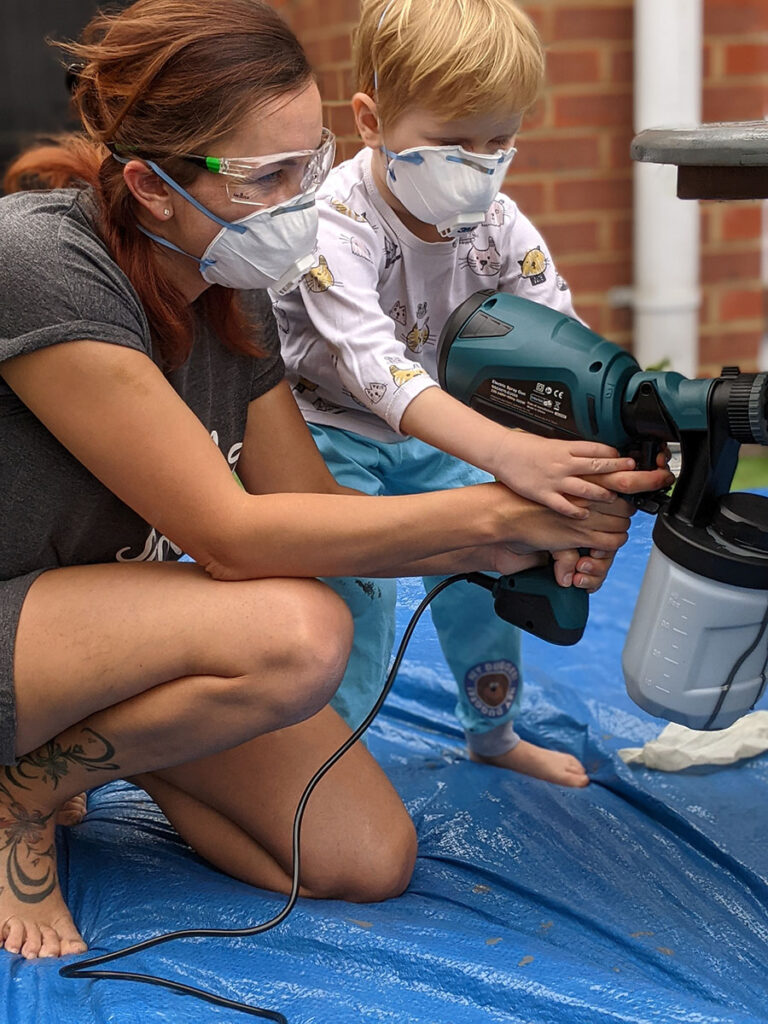
If you are busy with some chores and your child wants to play with you, invite them to help you. For example, you can ask them to load the washing machine, pour the detergent liquid, and click the buttons. During the process, you can repeat the numbers that you see on the machine. You also can get help unloading the dishes from a dishwasher, or cooking. There is so much they can help you with cooking. Then you have got wiping, hoovering, drying your clothes, etc. Just don’t overdo it, and praise your child by playing a game that they want next.
Tip: When they help you with chores, the best thing is to role-play.
Be engaged with your child
We have mentioned it before, but it is such an important point that it deserves to be highlighted.
- There is nothing more important than the time that you can give to your child.

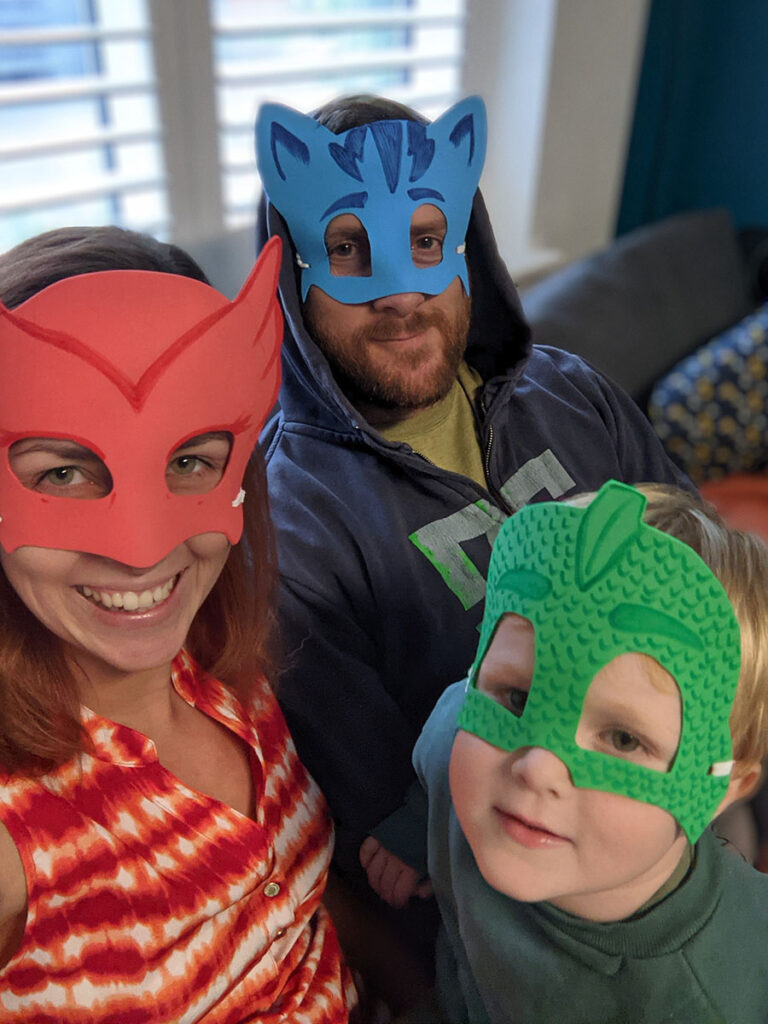
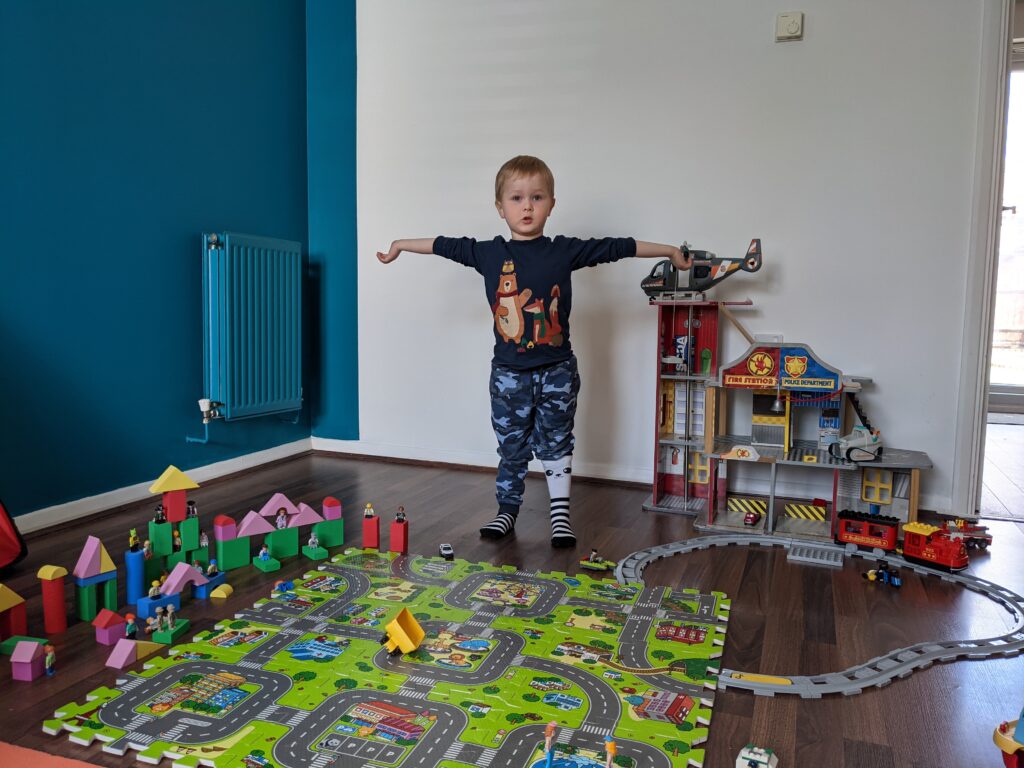
When you play with your child even if it is for a short time, try to focus on them only and enjoy the game with them. Put away your devices, kids sense when you are distracted or half-playing with them very well. This may only bring frustration or anger.
Reflect. Observe. Ask yourself “Why?” Be attentive.
Although we say children at the age of three can’t reason, nothing happens for no reason.
It is always good to take a closer look and understand why this is happening.
Remember: There’s usually an underlying cause to each tantrum or mini-meltdown.
So, if your childcare provider starts to complain that your child hit somebody in the class, do not rush to conclusions. There must be a reason for that. First, ask your childcare provider to tell you what exactly has happened, if there are any other students in the class that can hit, or if this other child did something prior to when they were hit by your kid. Then, talk to your child in a calm environment where nobody sees you.
Screaming or punishing won’t help but make your child more insecure. There is no child who wants to hurt you.
Another good reason when children feel stressed may be a recent change in the family, big move, change of a nursery, death, or a serious illness of a relative. It can be also hunger, nightmares, exhaustion, or sickness.
If something went wrong between you two, it is always good to reflect on your actions, understand what has happened and what is the better approach for you as a parent to take next time. We are not perfect and shouldn’t be.
Spend a little more time playing with your three-year-old. Even if the games don’t make sense or are extremely repetitive, your time is so precious to them. Your presence will fill their cup and lower the chance of having Terrible Threes tantrums or breakdowns.
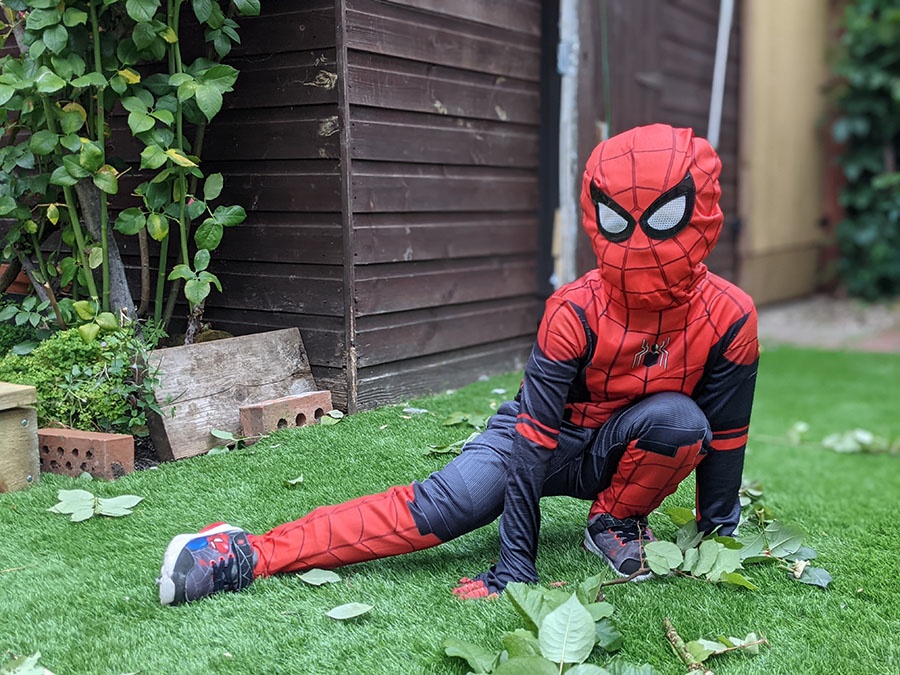
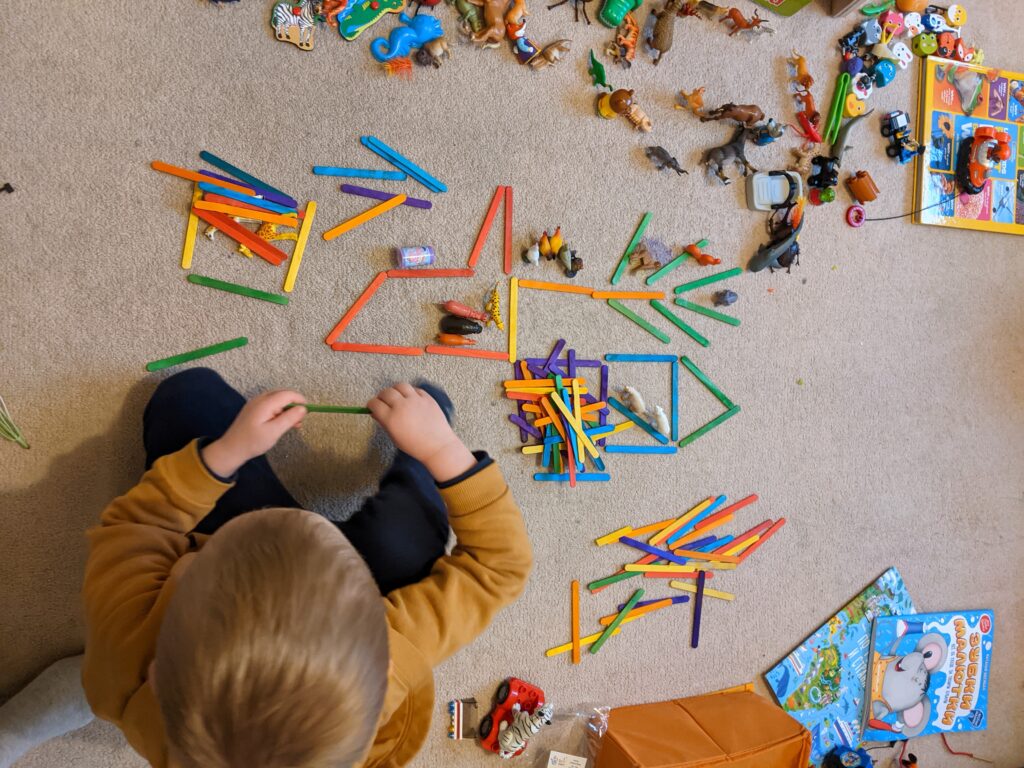
Be at the same level physically
Not only emotionally but also physically get down to their level, t.i. kneel down or put your child onto your lap. This way your child will feel they are listened to and supported.
Use short and simple sentences
Use short easy sentences and words. Do not complicate with stories about why and how the world works.
Do not give in
Don’t let your child think that they can get whatever they want by screaming or throwing tantrums. This may affect their school-age and lead to a misunderstanding with their peers and teachers, which will bring more challenges to your family.
Do not distract with TV
Never distract your child with movies! We observed some children that couldn’t eat or sit still in the stroller without watching some cartoons. Some parents would say that their children do not eat otherwise. Well, 30 years ago children didn’t know what TV was and were able to eat their food.
Instead, try to involve your child in something that you are doing. It can be completing the chore, finishing the work, singing, or sharing stories while walking, etc.
Read More:
Redirect your child
We are all different. Some children at three may seem quite feisty. They can hit other children or take the toy away. In this case, the redirection method works very well.
If your child did something unacceptable, make sure they look at you, listen to what you say, apologize, and are redirected to a new game or given a new toy. This way they need to understand that if they behave badly to someone, they are not allowed to play that game anymore.
Tantrum in public? Do not think about others
If you experience terrible 3-year-old tantrums in public, do not react to public. Cover yourself with a transparent bubble and focus on your child only. Don’t think what others think. Do not shame your child in public.

Create a Behaviour Sticker Chart
Get more playful and create a Behaviour Sticker Chart or Award Certificates. This will motivate your child to work even harder.
Talk to your childcare provider
Discuss issues with the childcare provider and get on the same page.
Read More:
Take care of yourself
When everything fails (and this is ok, you are a human after all, not a robot!), take a time out.
Take care of yourself. Talk through the situations you are facing with the specialist, friends, or us by leaving a comment below. Everything can be solved!
Show love after the tantrum
Once the tantrum is over and the last tear is shed, give your child a big warm hug. Let them know how much you love them, that together you are power, and you can solve everything together.
Reminding of your love to your child will comfort them a lot and make you closer.
You are a good parent!
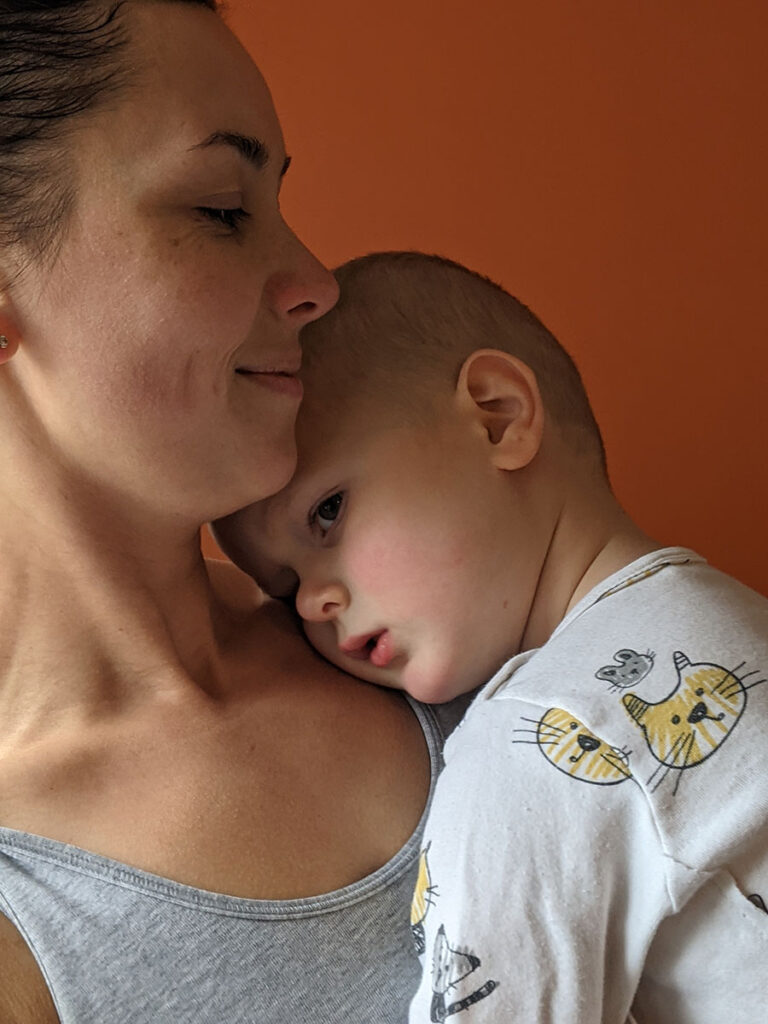
Enjoy every precious moment with your child!
Any question about Terrible Threes? Let us know in the comment below.
IMPORTANT: We created the Family Store, especially for you. By clicking on the image below you can find anything from Newborn’s First Kit, Baby & Family Essentials, Kids Travel to Travel Gear. We hope you will find something valuable for your own adventures!
Our shop contains products from other companies that we love and use! Everything is based on our values of quality over quantity.
To get more support from parents and family travellers, join our Parenting Support Group.
And follow us on Instagram to know our crazy expat life!
Also, check out:
- Children’s Stages of Development or How To Understand Your Child
- Signs of Terrible Twos and How to Deal with Them
- Working From Home With Toddlers
- Benefits of Nursery: Eleven Important Reasons Why You Should Send Your Child To a Nursery Or Playgroup
- Activity Desks For Toddlers
- 13 Benefits of Reading to Children and Toddlers: Age-by-age Guide to Reading to Your Baby
Welcome to check out our best product selection for parents and babies, including travelling gear and resources here.
This post may contain affiliate links that we may or may not receive a small commission for, at no extra cost to you. This helps to fund our blog but we never advertise for anything we don’t personally love or recommend. There is never any pressure to buy anything, we just like sharing things that make our life easier and help you find them if it is something you are looking for. Please, see our full disclosure here.

















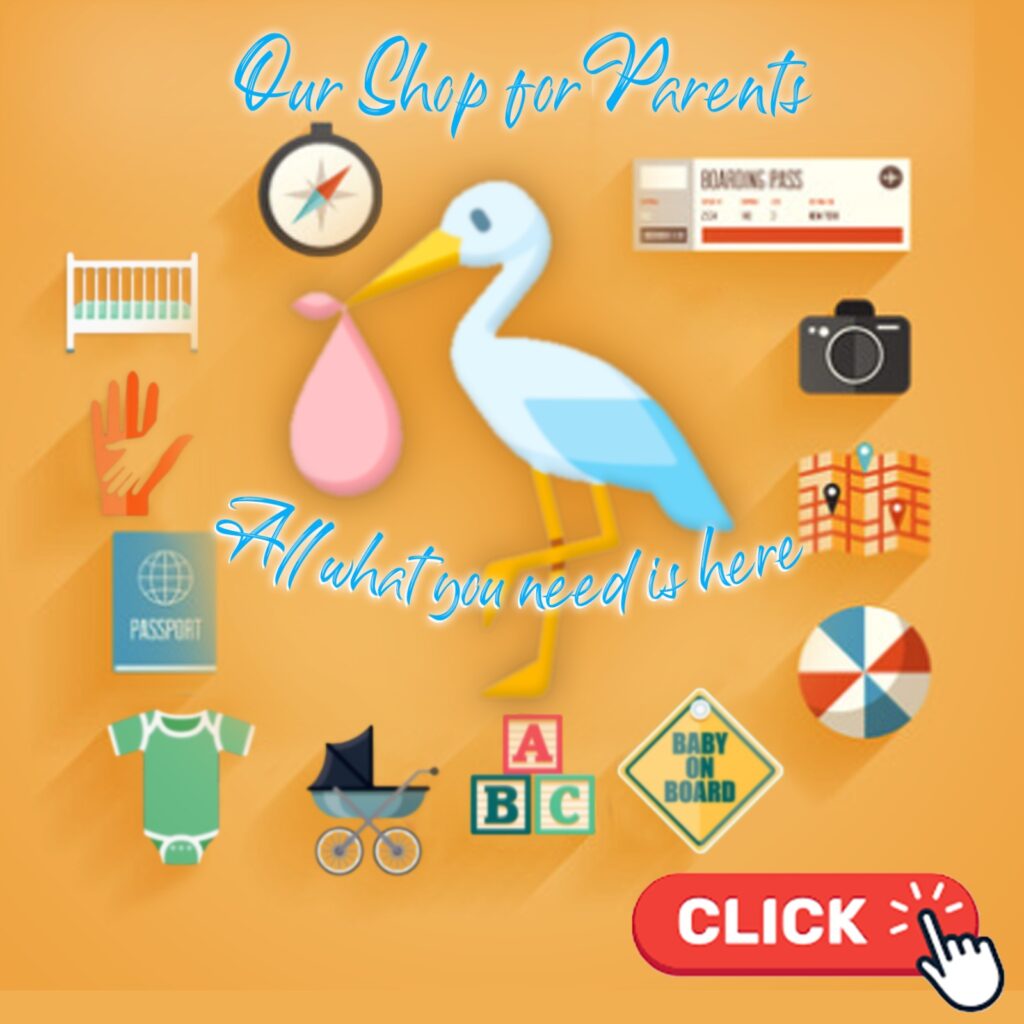
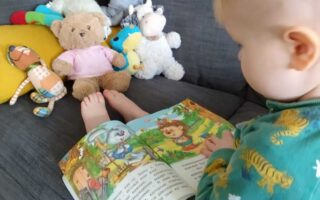

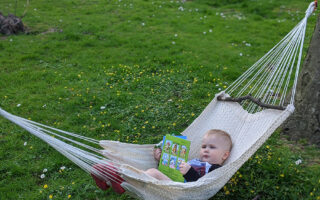

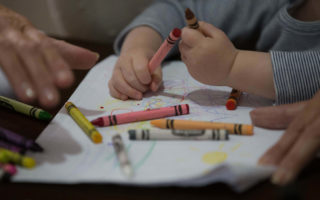


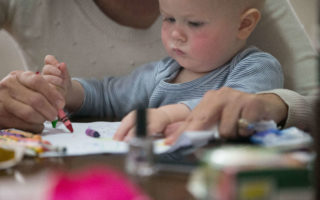



[…] the “terrible threes” will pass. This stage of development is an important part of your child’s growth, and […]
[…] Read More: Terrible Threes or How To Handle Terrible 3-Year-Old Tantrums […]
[…] give you some idea though, co-creator of Parenthood4ever and mother-of-three Ana Iturmendi has observed the following symptoms in her own […]